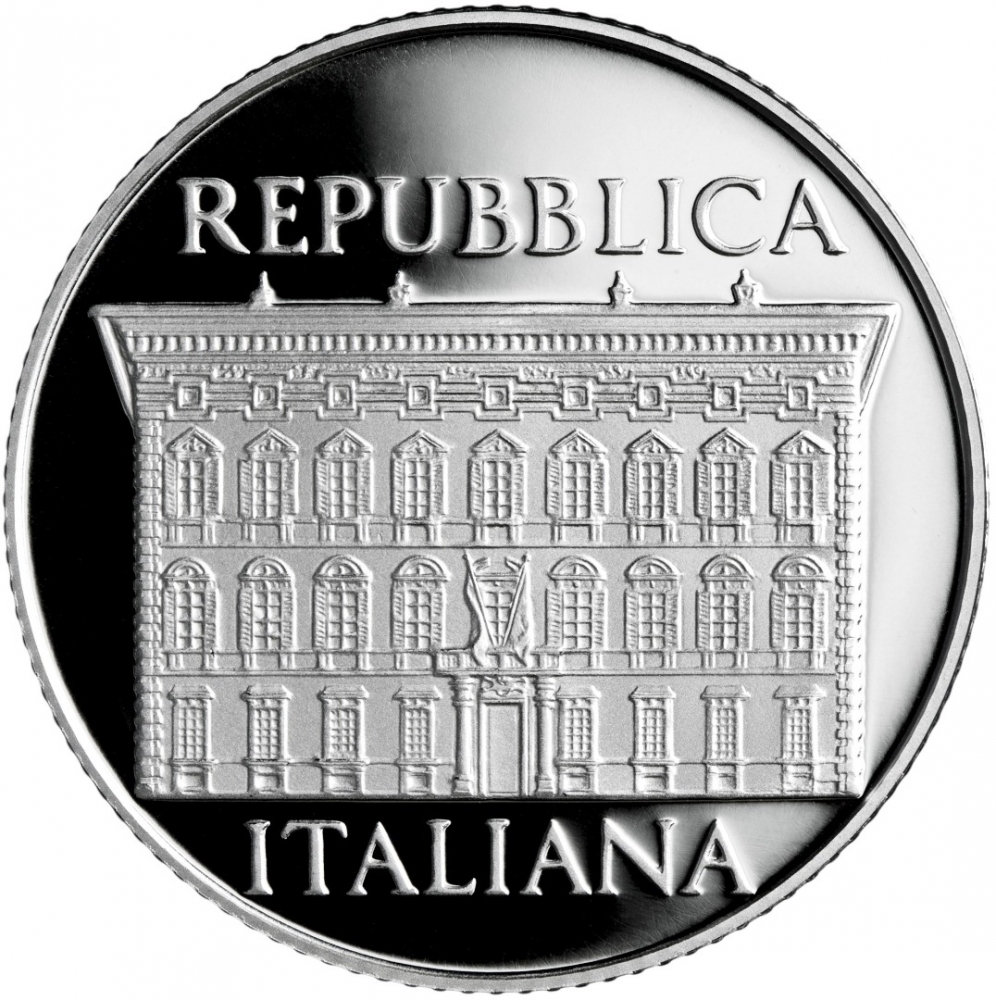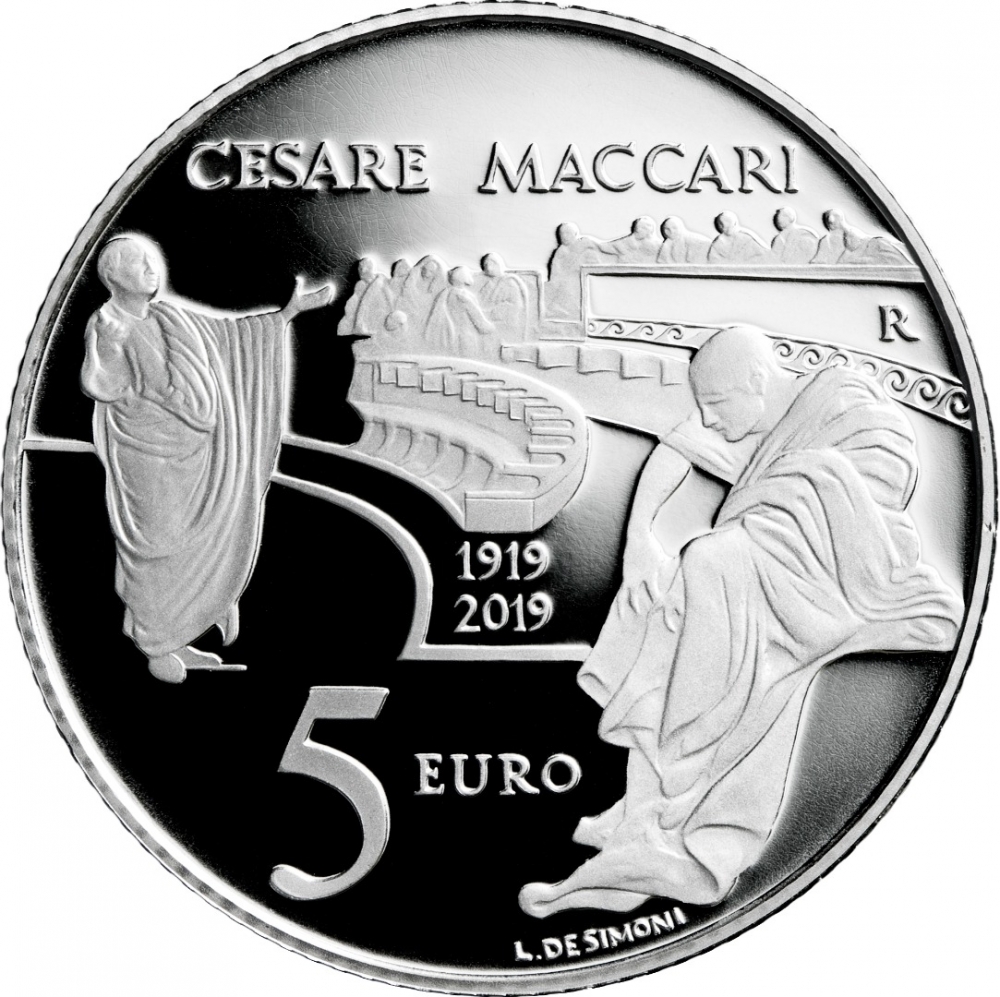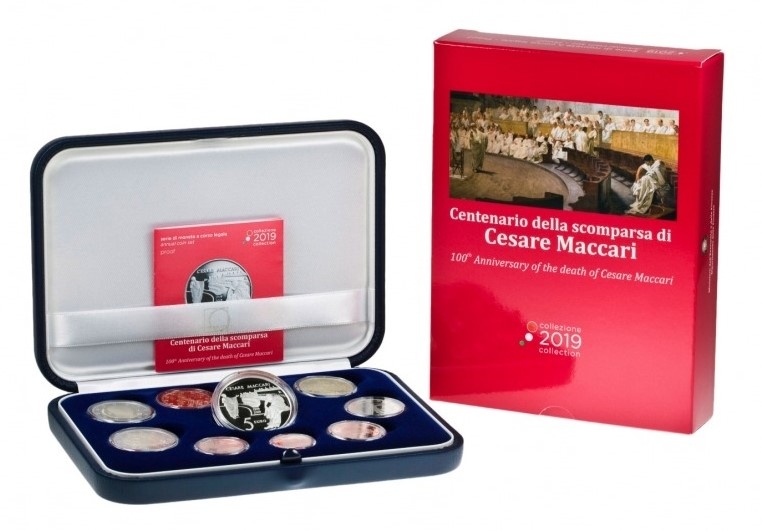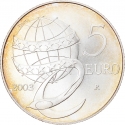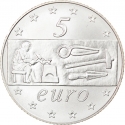You are about to finish your registration. Please check your mailbox (including spam folder). There should be a letter with a confirmation link. Check setting to make sure that your e-mail address is correct.
Send letter againDescription
Cesare Maccari (1840–1919) was an Italian painter and sculptor, most famous for his 1888 painting Cicerone denuncia Catilina (usually translated as Cicero Accuses Catiline or Cicero Denounces Catiline).
Engraver: Luciana De Simoni
Obverse

|
Depicts a: view of the façade of Palazzo Madama in Rome, the seat of the Senate of the Italian Republic. Above and in exergue, respectively, the inscription Republic and Italy. REPUBBLICA |
|---|---|
Reverse

|
Depicts the Cicerone denuncia Catilina. Above, the name “CESARE MACCARI”; in the centre, the dates “1919”, the year of the death of the artist and “2019”, the year of the coin’s issue; on the right, “R”, identifying the Mint of Rome, followed by the value “5 EURO”; below, the name of the designer “L. DE SIMONI”. CESARE MACCARI |
| Edge |
Continuous coarse milled |
Related coins
2006 Football (Soccer) World Cup in Germany
